Hackaday Podcast
Hackaday Editors take a look at all of the interesting uses of technology that pop up on the internet each week. Topics cover a wide range like bending consumer electronics to your will, designing circuit boards, building robots, writing software, 3D printing interesting objects, and using machine tools. Get your fix of geeky goodness from new episodes every Friday morning.
Website : https://hackaday.com
RSS Feed : https://hackaday.libsyn.com/rss
Last Episode : September 12, 2025 4:03pm
Last Scanned : 3.8 hours ago

Episodes
Episodes currently hosted on IPFS.
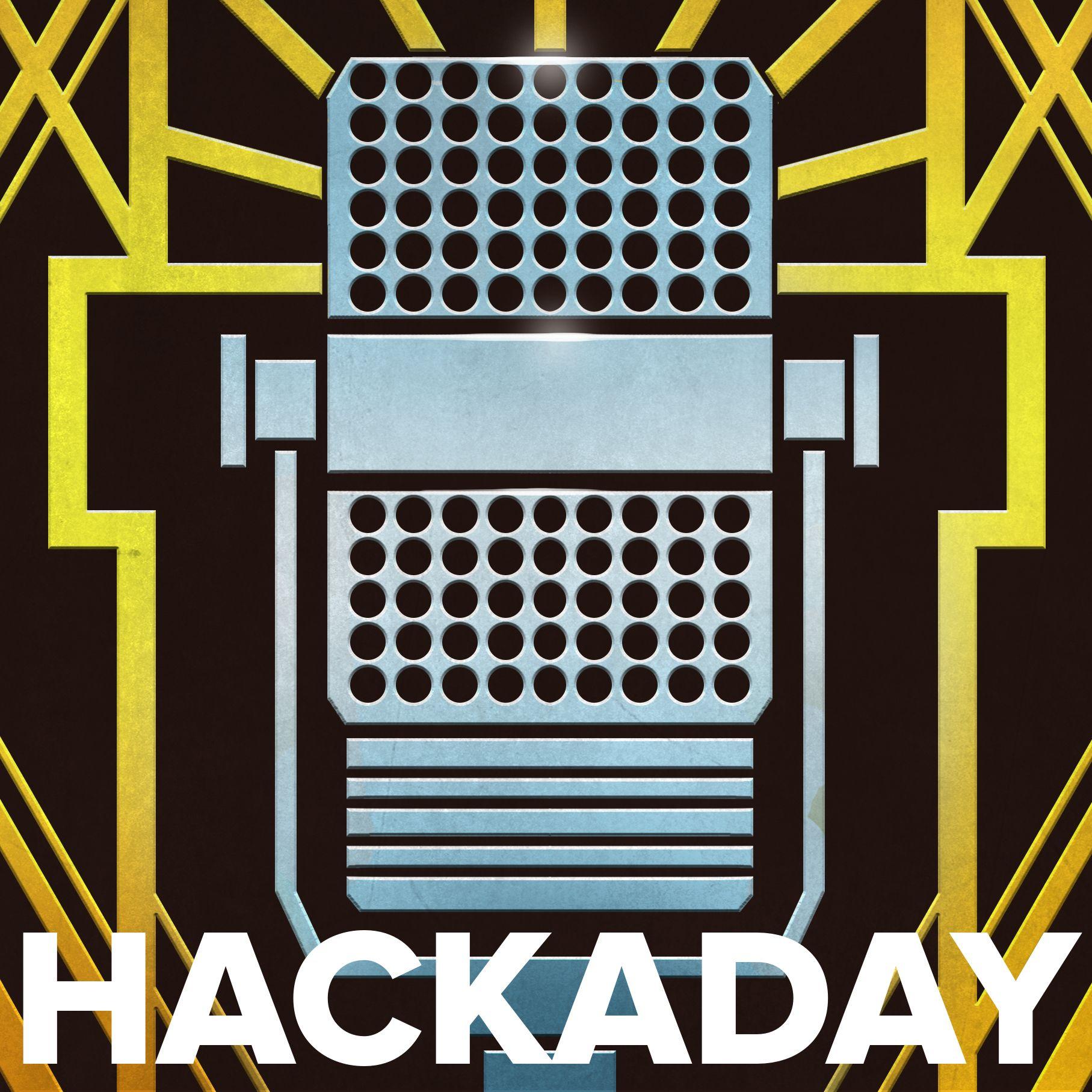 Ep 337: Homebrew Inductors, Teletypes in the Bedroom, and Action!
Ep 337: Homebrew Inductors, Teletypes in the Bedroom, and Action!Fresh hacks here! Get your fresh hot hacks right here! Elliot and Dan teamed up this week to go through every story published on our pages to find the best of the best, the cream of the crop, and serve them up hot and fresh for you. The news this week was all from space, with the ISS getting its latest (and last?) push from Dragon, plus <<checks notes>> oh yeah, life on Mars. Well, maybe, but it's looking more and more like we are not alone, or at least not a few million years ago. But even if we are, plenty is still going on down here to keep you interested. Like homebrewing? Good, because we looked at DIY inductors, wire nuts, and even a dope -- but nope -- ultralight helicopter. Into retro? We've got you covered with a loving look at IRC, a 60s bedside computer guaranteed to end your marriage, and a look at the best 8-bit language you never heard of. We looked at a rescued fume hood, sensors galore on your phone, a rug that should have -- and did, kind of -- use a 555, and raytracing for the rest of your natural life. As for "Can't Miss Articles," Elliot could barely contain himself with the bounty of projects written up by our Hackaday writers, not to mention Arya's deep dive into putting GPS modules to work in your builds.
Published Friday
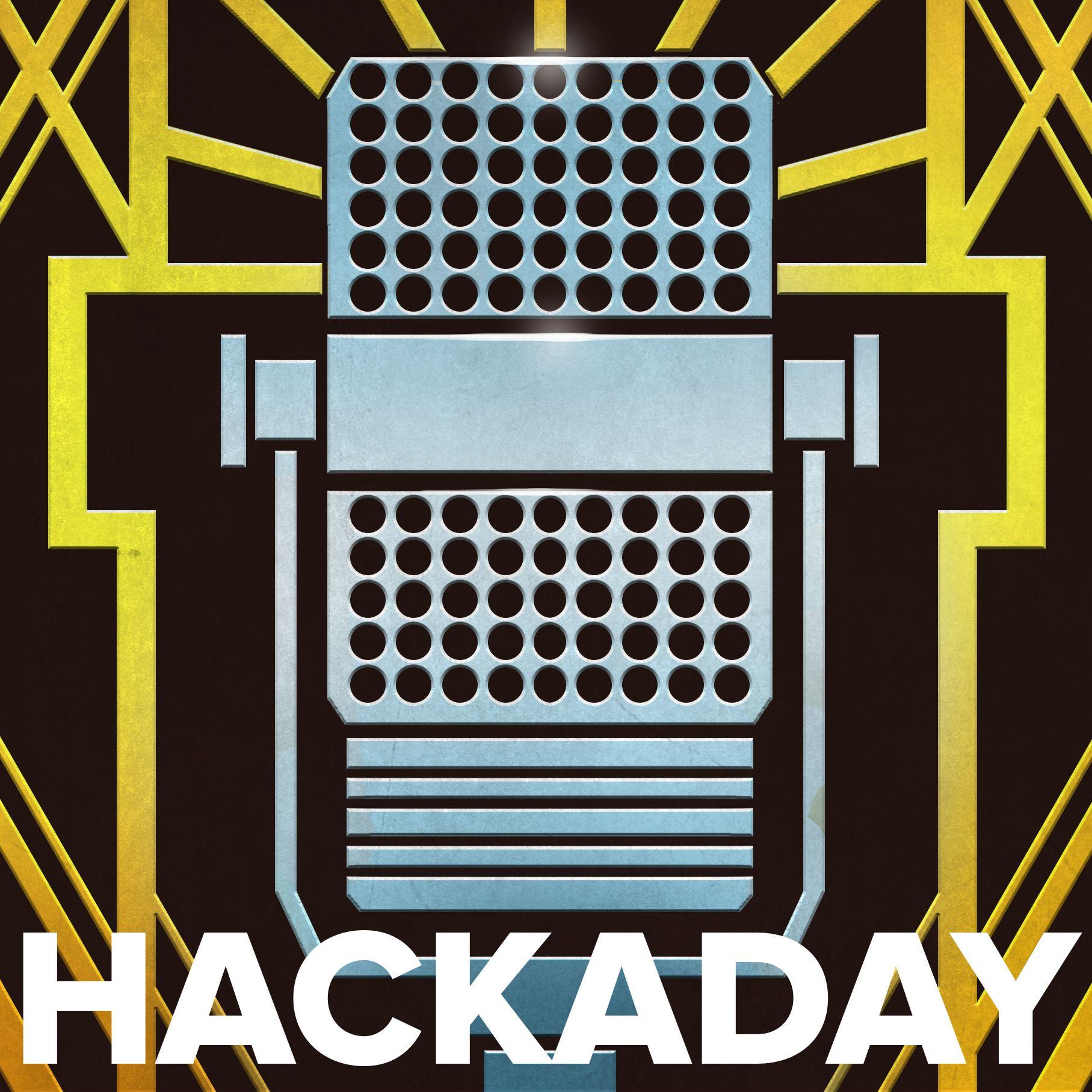 Ep 336: DIY Datasette, Egg Cracking Machine, and Screwing 3D Prints
Ep 336: DIY Datasette, Egg Cracking Machine, and Screwing 3D PrintsThunderstorms were raging across southern Germany as Elliot Williams was joined by Jenny List for this week's podcast. The deluge outside didn't stop the hacks coming though, and we've got a healthy smorgasbord for you to snack from. There's the cutest ever data cassette recorder taking a tiny Olympus dictation machine and re-engineering it with a beautiful case for the Commodore 64, a vastly overcomplex machine for perfectly cracking an egg, the best lightning talk timer Hackaday has ever seen, and a demoscene challenge that eschews a CPU. Then in Quick Hacks we've got a QWERTY slider phone, and a self-rowing canoe that comes straight out of Disney's The Sorcerer's Apprentice sequence. For a long time we've had a Field guide series covering tech in infrastructure and other public plain sight, and this week's one dealt with pivot irrigation. A new subject for Jenny who grew up on a farm in a wet country. Then both editors are for once in agreement, over using self-tapping screws to assemble 3D-printed structures. Sit back and enjoy the show!
Published 09/05
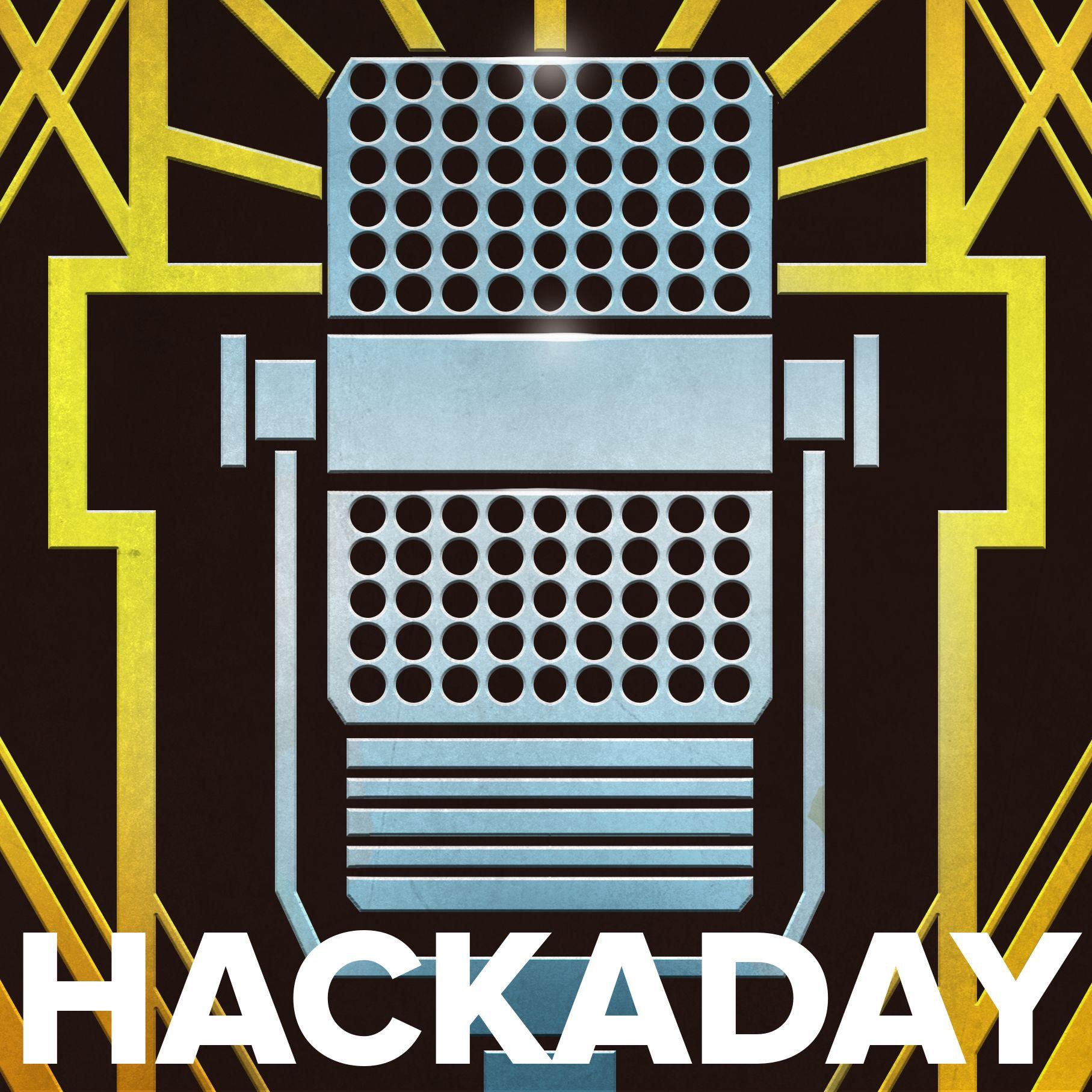 Ep 335: Beer, Toast, and Pi
Ep 335: Beer, Toast, and PiWhat happens when you listen in on Elliot Williams and Al Williams? You get a round up of the best of last week's Hackaday posts, of course. The topics this week range from beer brewing to lightning protection, with a little bit of everything in between. This week, many problems find solutions. Power drill battery dead? Your car doesn't have a tire pressure monitor? Does your butter tear up your toast? You can find the answer to these problems, and more, on the Hackaday podcast. For the can't miss section, the guys are annoyed that Google wants to lock down their phones, and also talk about measuring liquid levels in outer space. Check out the links below if you want to follow along, and as always, tell us what you think about this episode in the comments!
Published 08/29
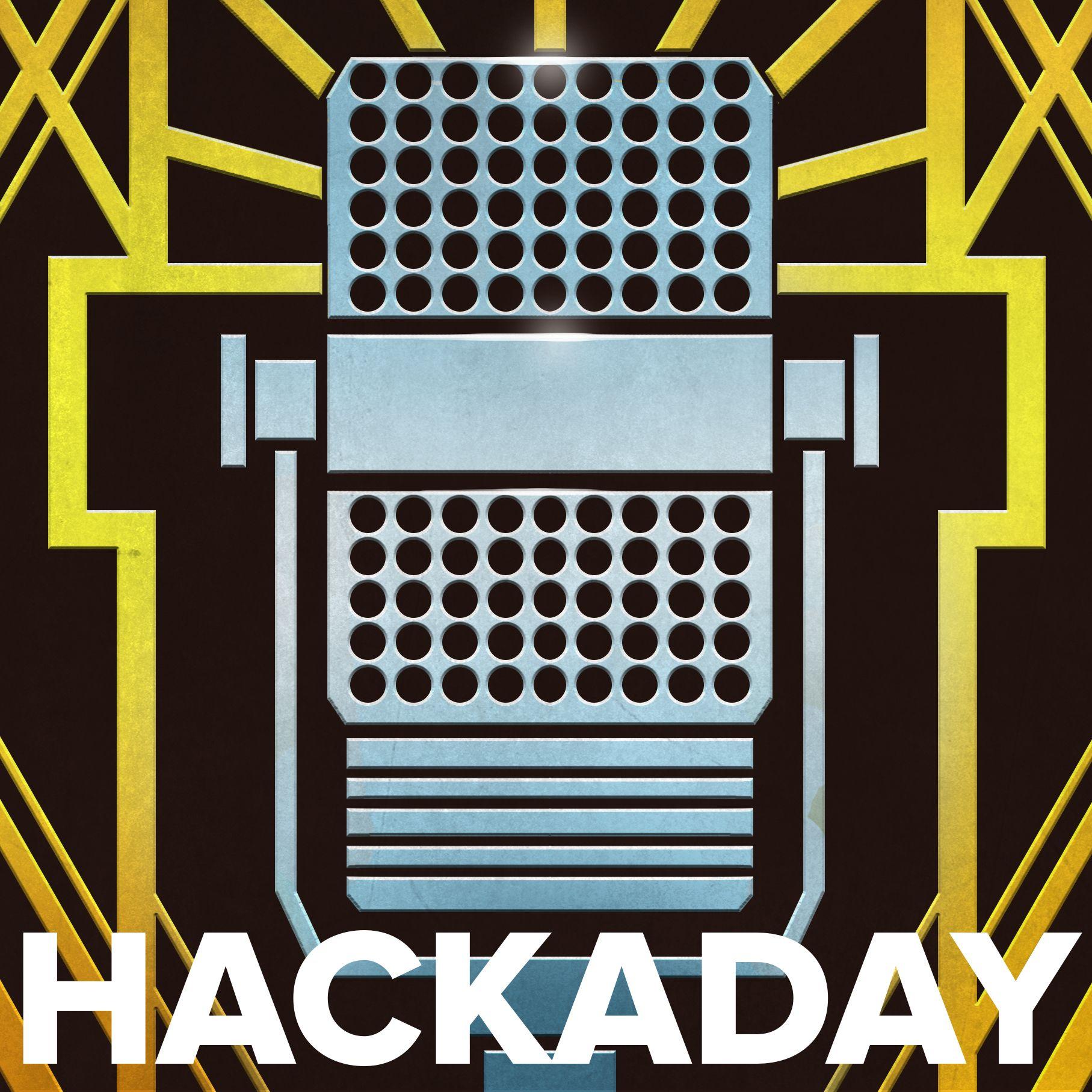 Ep 334: Radioactive Shrimp Clocks, Funky Filaments, Owning the Hardware
Ep 334: Radioactive Shrimp Clocks, Funky Filaments, Owning the HardwareIn this episode of the Hackaday Podcast, editors Elliot Williams and Tom Nardi start out with a warning about potentially radioactive shrimp entering the American food supply via Walmart, and things only get weirder from there. The extra spicy shrimp discussion makes a perfect segue into an overview of a pair of atomic One Hertz Challenge entries, after which they'll go over the latest generation of 3D printer filament, using an old Android smartphone as a low-power Linux server, some tips for creating better schematics, and Lorde's specification-bending transparent CD. Finally, you'll hear about how the nature of digital ownership influences the hardware we use, and on the other side of the coin, how open source firmware like QMK lets you build input devices on your terms. Check out the links if you want to follow along, and as always, tell us what you think about this episode in the comments!
Published 08/22
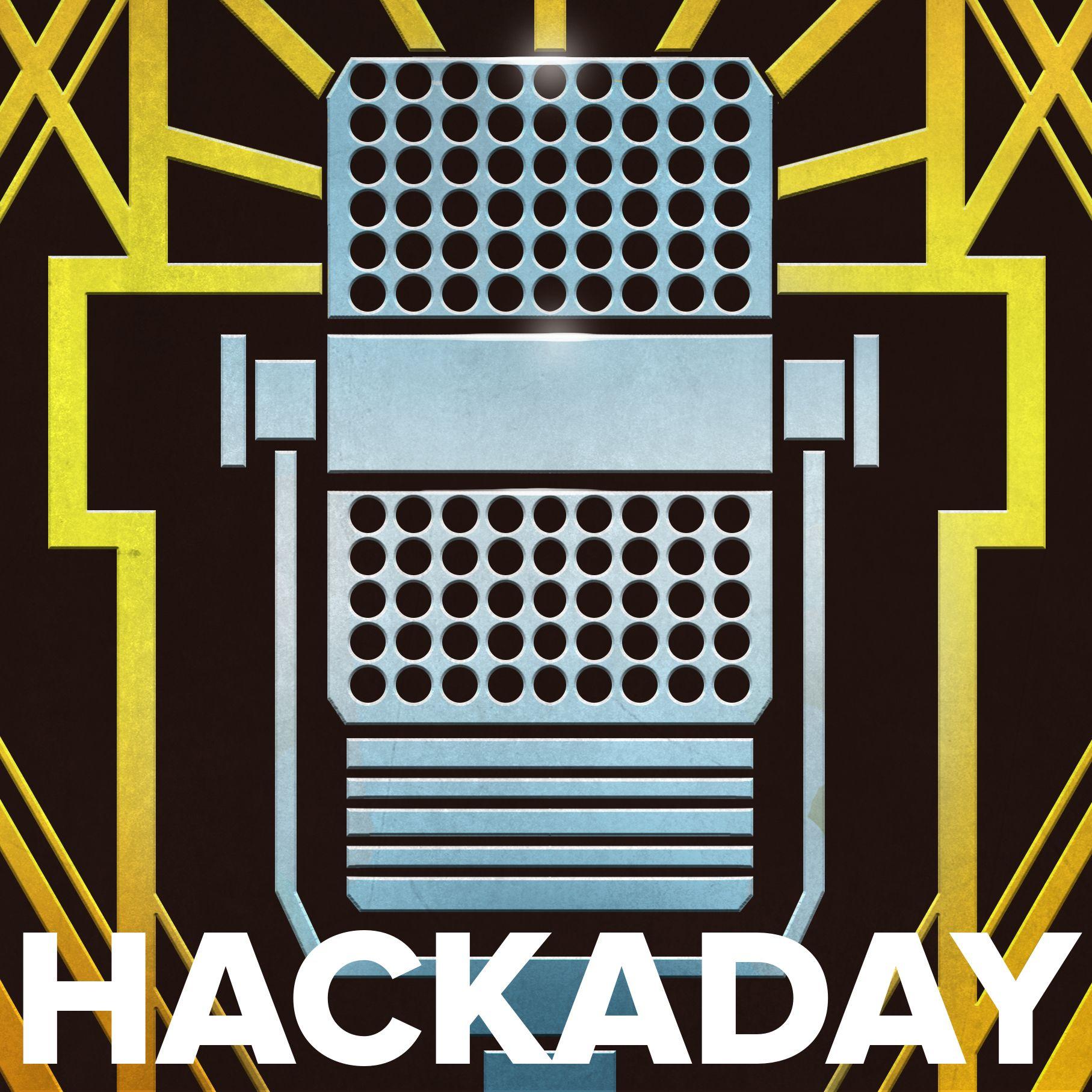 Ep 333: Nightmare Whiffletrees, 18650 Safety, and a Telephone Twofer
Ep 333: Nightmare Whiffletrees, 18650 Safety, and a Telephone TwoferThis week, Hackaday's Elliot Williams and Kristina Panos met up over the tubes to bring you the latest news, mystery sound, and of course, a big bunch of hacks from the previous week. In Hackaday news, get your Supercon 2025 tickets while they're hot! Also, the One Hertz Challenge ticks on, but time is running out. You have until Tuesday, August 19th to show us what you've got, so head over to Hackaday.IO and get started now. Finally, its the end of eternal September as AOL discontinues dial-up service after all these years. On What's That Sound, Kristina got sort of close, but this is neither horseshoes nor hand grenades. Can you get it? If so, you could win a limited edition Hackaday Podcast t-shirt! After that, it's on to the hacks and such, beginning with a talking robot that uses typewriter tech to move its mouth. We take a look at hacking printed circuit boards to create casing and instrument panels for a PDP-1 replica. Then we explore a fluid simulation business card, witness a caliper shootout, and marvel at one file in six formats. Finally, it's a telephone twofer as we discuss the non-hack-ability of the average smart phone, and learn about what was arguably the first podcast. Check out the links over on Hackaday if you want to follow along, and as always, tell us what you think about this episode in the comments!
Published 08/15
 Ep 332: 5 Axes are Better than 3, Hacking Your Behavior, and the Man Who Made Models
Ep 332: 5 Axes are Better than 3, Hacking Your Behavior, and the Man Who Made ModelsElliot and Dan got together this week for a review of the week's hacking literature, and there was plenty to discuss. We addressed several burning questions, such as why digital microscopes are so terrible, why computer systems seem to have so much trouble with names, and if a thermal receipt printer can cure ADHD. We looked at a really slick 5-axis printer that COVID created, a temperature-controlled fermentation setup, and a pseudo-Mellotron powered by a very odd tape recorder. We also learned little about designing 3D printed parts with tight tolerances, stepping a PC power supply up to ludicrous level, and explored a trio of unique entries for the One Hertz Challenge. And for the Can't Miss section, we looked at what happens to planes when they get hit by lightning (and how they avoid it), and say goodbye to the man who launched a lot of careers by making model kits. It was also exciting to learn that the first day of Supercon is Halloween, which means a Friday night sci-fi cosplay party. It's gonna be lit.
Published 08/08
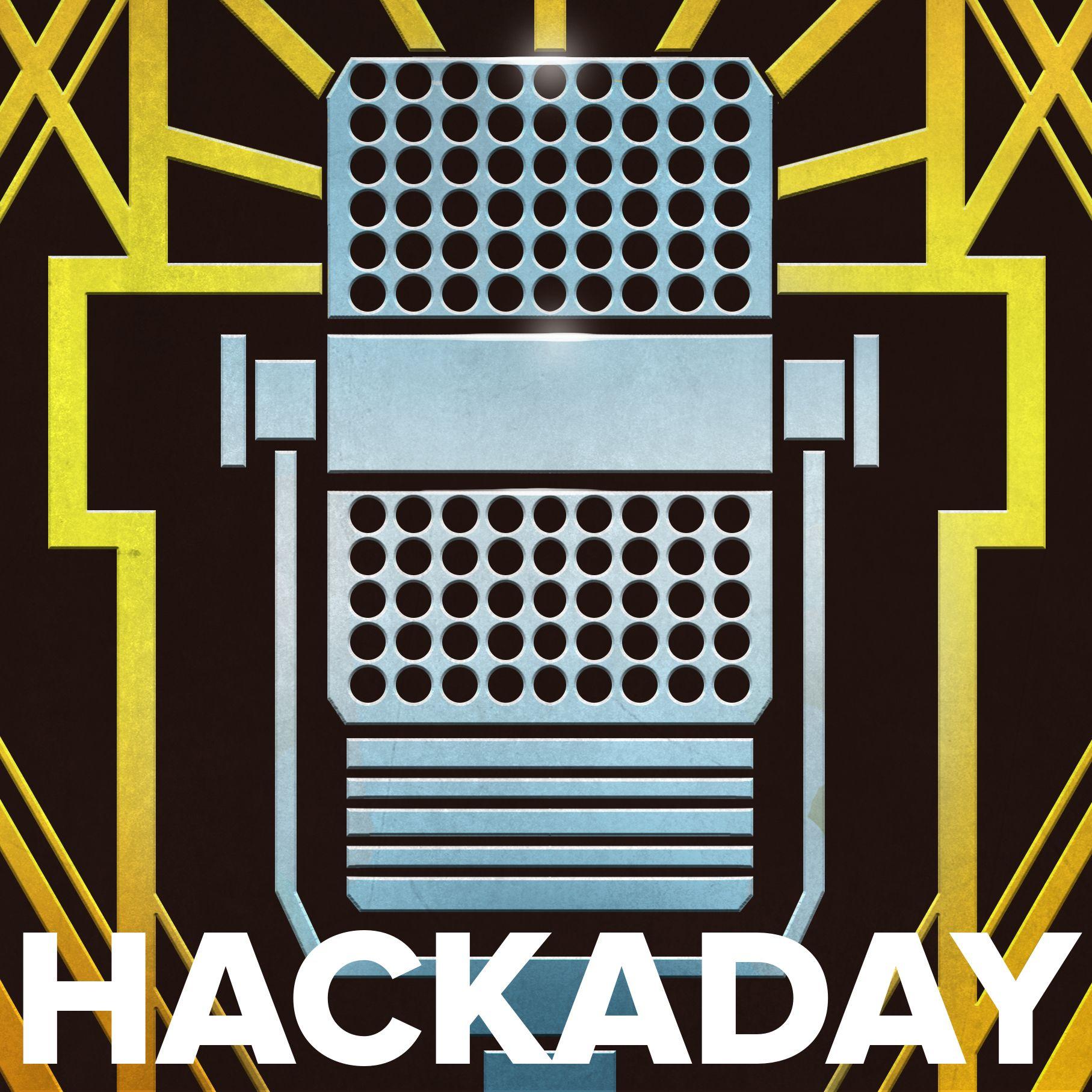 Ep 331: Clever Machine Tools, Storing Data in Birds, and the Ultimate Cyberdeck
Ep 331: Clever Machine Tools, Storing Data in Birds, and the Ultimate CyberdeckAnother week, another Hackaday podcast, and for this one Elliot is joined by Jenny List, fresh from the BornHack hacker camp in Denmark. There's a definite metal working flavour to this week's picks, with new and exciting CNC techniques and a selective electroplater that can transfer bitmaps to metal. But worry not, there's plenty more to tease the ear, with one of the nicest cyberdecks we've ever seen, and a bird that can store images in its song. Standout quick hacks are a synth that makes sounds from Ethernet packets, and the revelation that the original PlayStation is now old enough to need replacement motherboards. Finally we take a closer look at the huge effort that goes in to monitoring America's high voltage power infrastructure, and some concerning privacy news from the UK. Have a listen!
Published 08/01
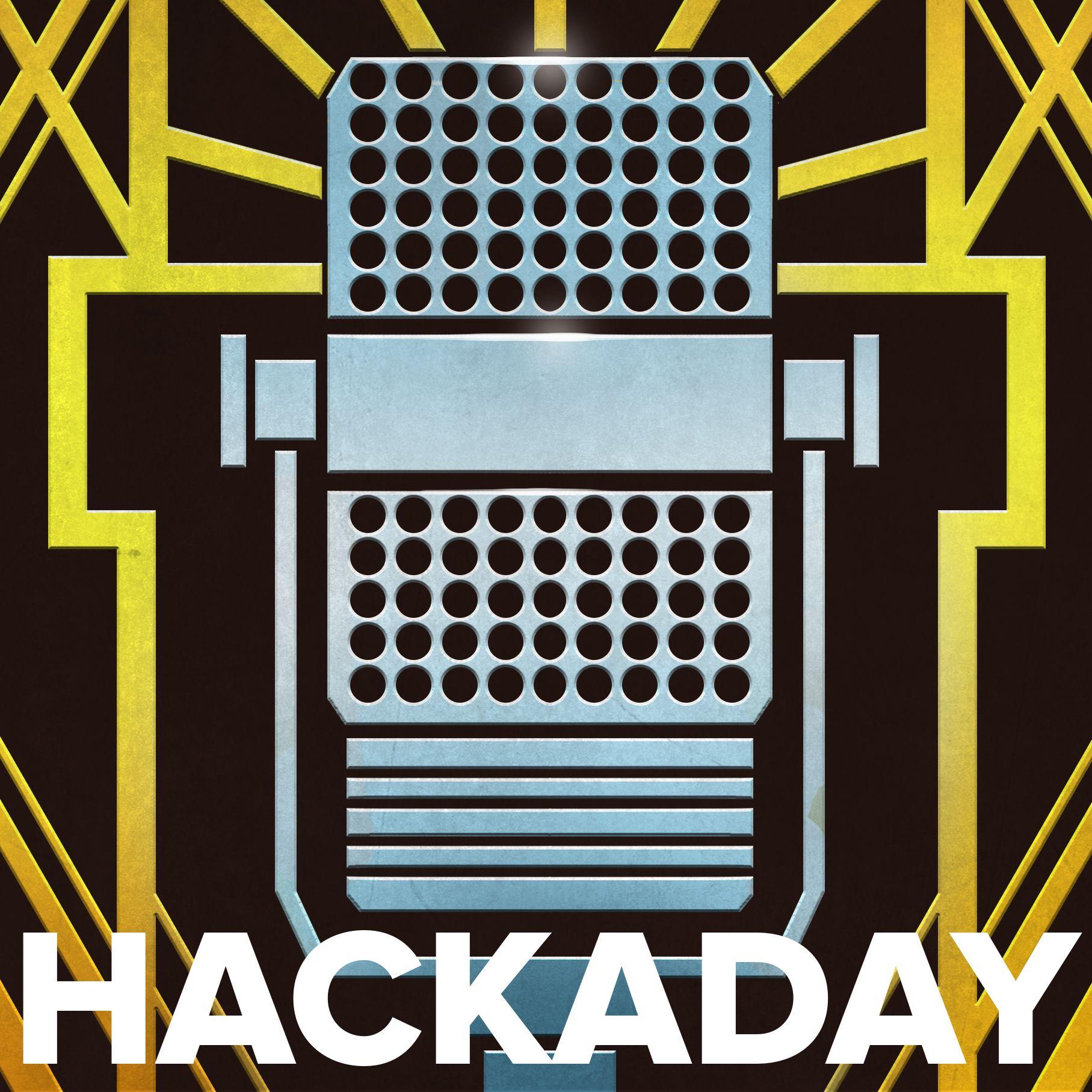 Ep 330: Hover Turtles, Dull Designs, and K'nex Computers
Ep 330: Hover Turtles, Dull Designs, and K'nex ComputersWhat did you miss on Hackaday last week? Hackaday's Elliot Williams and Al Williams are ready to catch you up on this week's podcast. First, though, the guys go off on vibe coding and talk about a daring space repair around Jupiter. Then it is off to the hacks, including paste extruding egg shells, bespoke multimeters, and an 8-bit mechanical computer made from a construction toy set. For can't miss articles, you'll hear about boring industrial design in modern cell phones and a deep dive into how fresh fruit makes it to your table in the middle of the winter. Check out the links over on Hackaday if you want to follow along, and as always, tell us what you think about this episode in the comments!
Published 07/25
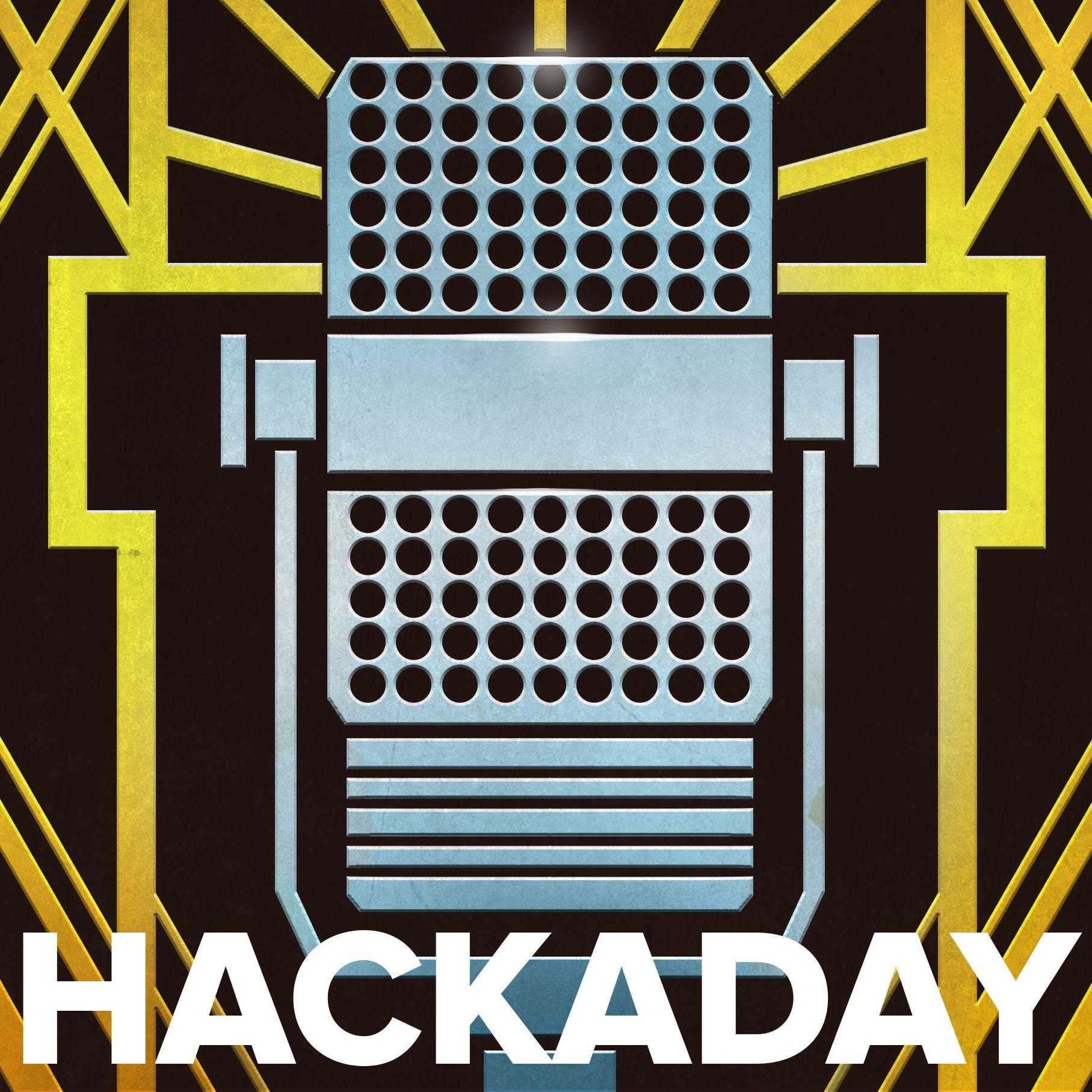 Ep 329: AI Surgery, a Prison Camp Lathe, and a One Hertz Four-Fer
Ep 329: AI Surgery, a Prison Camp Lathe, and a One Hertz Four-FerJoin Hackaday Editors Elliot Williams and Tom Nardi as they talk about their favorite hacks and stories from the previous week. They'll start things off with a small Supercon update, and go right into fusion reactors, AI surgeons, planned obsolescence, and robotic cats and dogs. They'll also go over several entries from the ongoing 2025 One Hertz Challenge, an ambitious flight simulator restoration project, old school lightning detectors, and how Blu-ray won the battle against HD DVD but lost the war against streaming. Stick around to the end to hear an incredible story about a clandestine machine shop in a WWII prisoner of war camp, and the valiant fight to restore communications with the Lunar Trailblazer spacecraft. Check out the links over on Hackaday if you want to follow along, and as always, tell us what you think about this episode in the comments!
Published 07/18
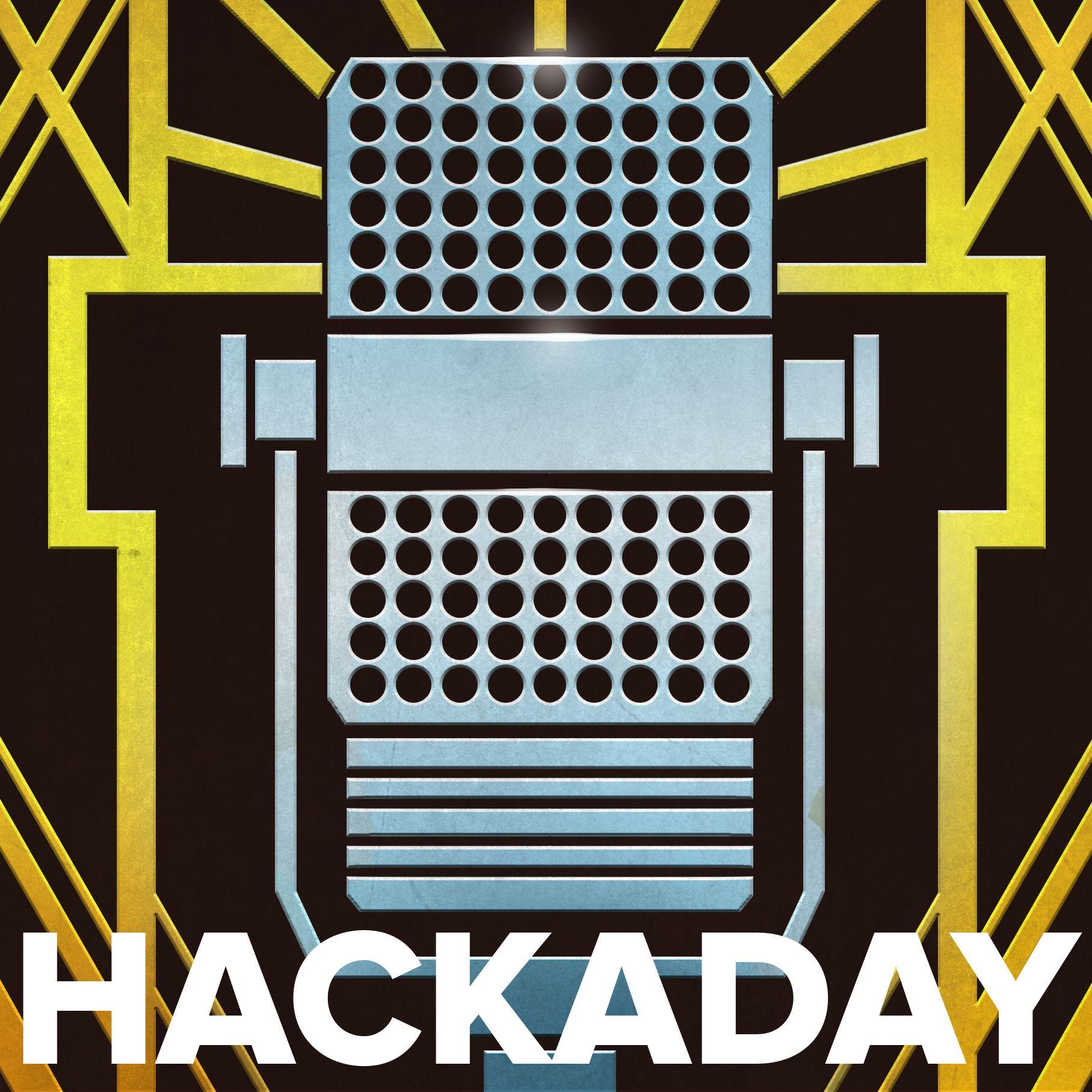 Ep 328: Benchies, Beanies, and Back to the Future
Ep 328: Benchies, Beanies, and Back to the FutureThis week, Hackaday's Elliot Williams and Kristina Panos joined forces to bring you the latest news, mystery sound, and of course, a big bunch of hacks from the previous week. In Hackaday news, the One Hertz Challenge ticks on. You have until Tuesday, August 19th to show us what you've got, so head over to Hackaday.IO and get started now! In other news, we've just wrapped the call for Supercon proposals, so you can probably expect to see tickets for sale fairly soon. On What's That Sound, Kristina actually got this one with some prodding. Congratulations to [$HACKER] who knew exactly what it was and wins a limited edition Hackaday Podcast t-shirt! After that, it's on to the hacks and such, beginning with a ridiculously fast Benchy. We take a look at a bunch of awesome 3D prints a PEZ blaster and a cowbell that rings true. Then we explore chisanbop, which is not actually K-Pop for toddlers, as well as a couple of clocks. Finally, we talk a bit about dithering before taking a look at the top tech of 1985 as shown in Back to the Future (1985). Check out the links below if you want to follow along, and as always, tell us what you think about this episode in the comments!
Published 07/11
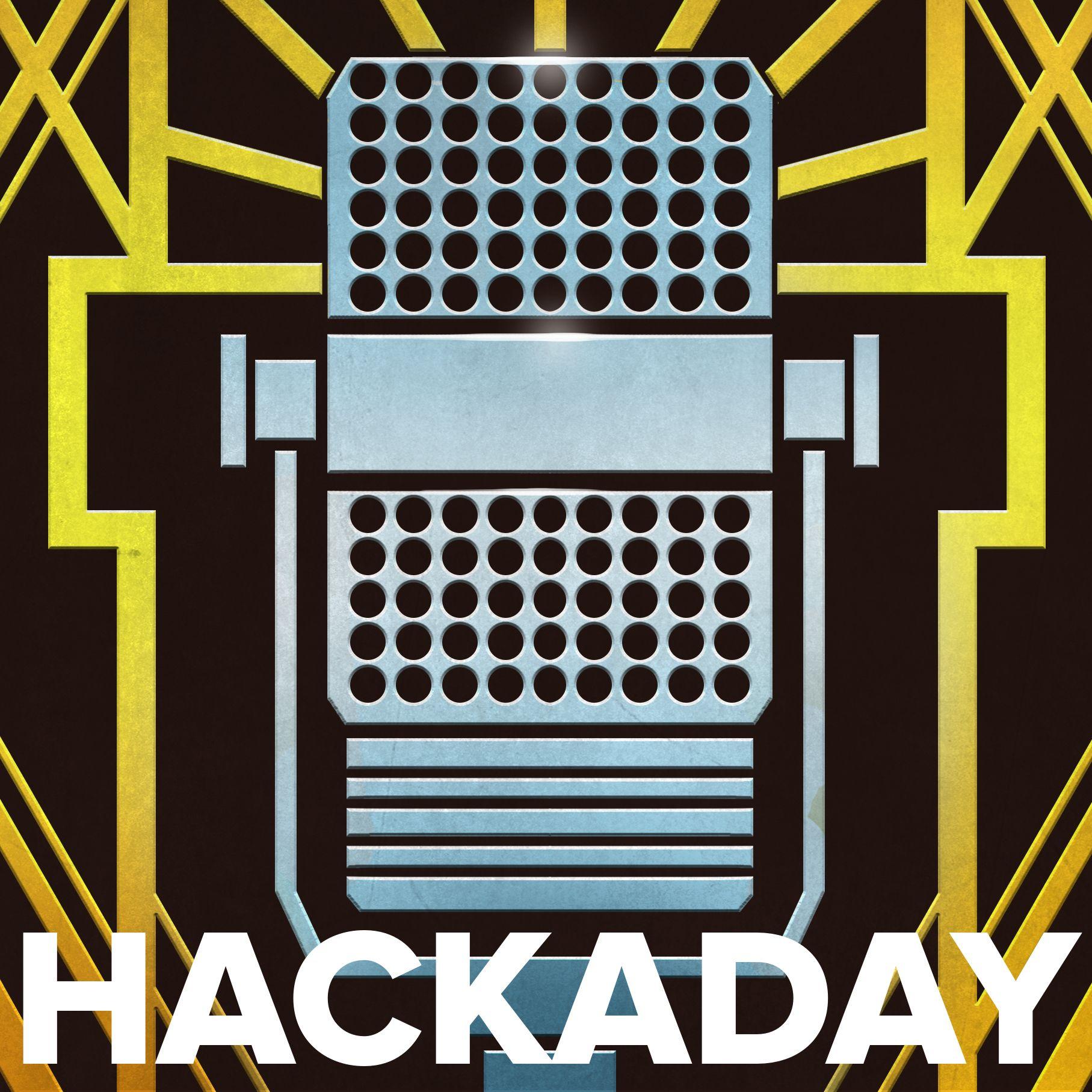 Ep 327: A Ploopy Knob, Rube-Goldberg Book Scanner, Hard Drives And Power Grids Oscillating Out Of Control
Ep 327: A Ploopy Knob, Rube-Goldberg Book Scanner, Hard Drives And Power Grids Oscillating Out Of ControlIt's Independence Day here in the USA, but if you're not a fan of fireworks and hot dogs, Elliot and Dan's rundown of the best hacks of the week is certainly something to celebrate. Rest easy, because nothing exploded, not even the pneumatic standing desk that [Matthias] tore into, nor the electroplated 3D prints that [H3NDRIK] took a blowtorch to. We both really loved the Ploopiest knob you've ever seen, which would be even Ploopier in anodized aluminum, as well as an automatic book scanner that takes its job very seriously. We looked into the mysteries of the Smith chart, another couple of fantastic student projects out of Cornell, the pros and cons of service loops, and what happened when the lights went out in Spain last Spring. And what does Janet Jackson have against laptops anyway?
Published 07/03
 Ep 326: A DIY Pockel Cell, Funny Materials to 3D Print With, and Pwning a Nissan Leaf
Ep 326: A DIY Pockel Cell, Funny Materials to 3D Print With, and Pwning a Nissan LeafTime for another European flavoured Hackaday Podcast this week, as Elliot Williams is joined by Jenny List, two writers sweltering in the humidity of a Central European summer. Both of our fans and air conditioners made enough noise to be picked up on the microphone when they were turned on, so we're suffering for your entertainment. The big Hackaday news stories of the week are twofold, firstly a cat-themed set of winners for the 2025 Pet Hacks contest, and then the announcement of a fresh competition: the 2025 Hackaday One Hertz Challenge. Get your once-a-second projects ready! This week gave us a nice pile of interesting hacks, including some next-level work growing and machining the crystal for a home-made Pockels cell light valve, an pcoming technique for glass 3D prints, and enough vulnerabilities to make any Nissan Leaf owner nervous. We note that mechanical 7-segment displays are an arena showing excellent hacks, and we're here for it. Meanwhile among the quick hacks a filament made of PLA with a PETG core caught Elliot's eye, while Jenny was impressed with a beautifully-made paper tape punch. Finally in the can't miss section, The latest in Dan Maloney's Mining and Refining series looks at drilling and blasting. Such an explosive piece should come last, but wait! There's more! Al Williams gives us a potted history of satellite phones, and explains why you don't carry an Iridium in your pocket.
Published 06/27